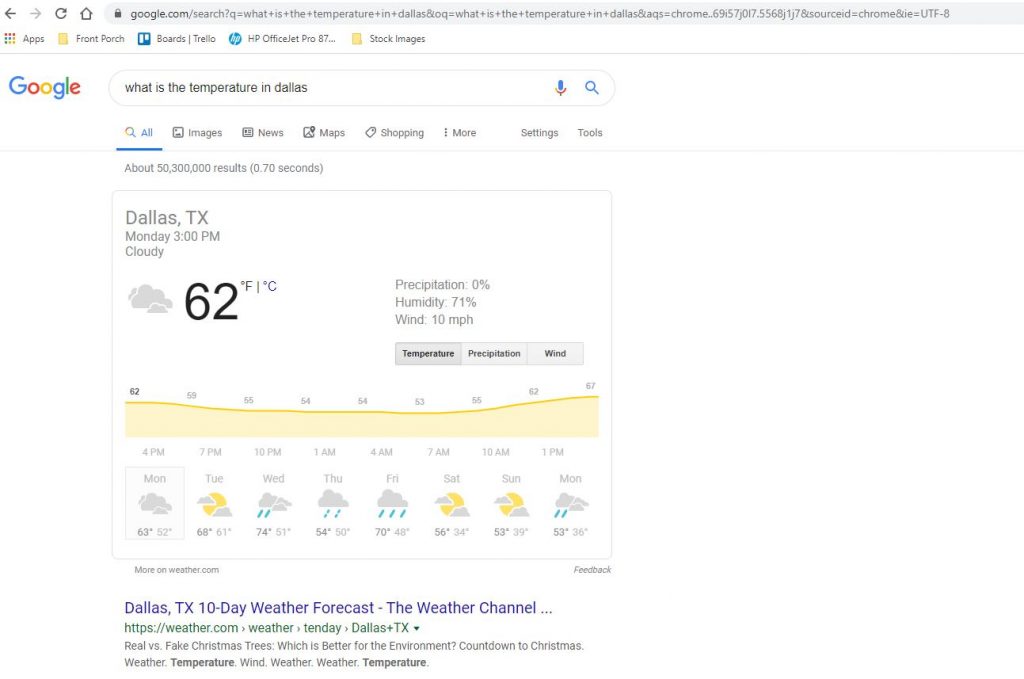
Fayetteville, AR, can sometimes feel like a bubble. The craziness of the COVID-19 pandemic still doesn’t seem real here!
I wanted to give you an insider’s look from Fayetteville in relation to the other states.
The Stats
There are 4,012 confirmed cases of the Coronavirus and 91 deaths as of May 10th. A shelter-in-place was never issued in Fayetteville.
Restaurants were allowed to reopen dining rooms starting Monday, May 11. Non-urgent dental services also opened Monday. Pools, water parks and beaches are set to open May 22, with restrictions.
Bars are still closed under Phase 1, which I think is a smart decision. Arkansas has 3 casinos, all of which will be open on May 18. Some stores in Fayetteville opened back up Monday, including thrift stores which I was able to visit.
Phase 1 of Fayetteville Perspective
Phase 1 of this new implementation allows restaurants to be at one third capacity, with seating six feet apart. Employees must wear a mask and gloves, and patrons should wear a mask. If patrons are not wearing masks the restaurant has the right to turn them away. Phase 1 also includes daily health screenings of employees, and groups cannot be larger than ten.
My Perspective from Fayetteville
I am located in an apartment complex near Dickson Street, the central hub for restaurants and bars for students at the U of A. While Dickson street has been mostly shut down, some restaurants offer curbside pickup.
From my perspective in Fayetteville, roughly 50% of people I have observed in the grocery store are wearing masks. It is possible to keep 6 feet apart but difficult, especially if the store is crowded.
Fast food restaurants are all open, and some dining rooms are available with limited seating. The Northwest Arkansas Mall remained open, but most of the stores inside were closed. I have stayed in Fayetteville thus far during the pandemic because I feel it is safer than Dallas, however I will be moving home soon.
What I’ve Learned Through My Perspective From Fayetteville
- Be respectful. Wear a mask if you feel that is right for you. You are shielding both yourself and others from potential exposure.
- Supporting local and small businesses is very important during this difficult time. Whether it be patronizing favorite local coffee shops with curbside pickup or stopping in to a new store, I have made efforts to express my appreciation.
- Just because Fayetteville feels safe, does not necessarily mean it is. Since a shelter-in-place was never issued, people are still going about their days as if everything is normal here. In my perspective from Fayetteville, it is just as important that we preserve our health here as it is anywhere else.












